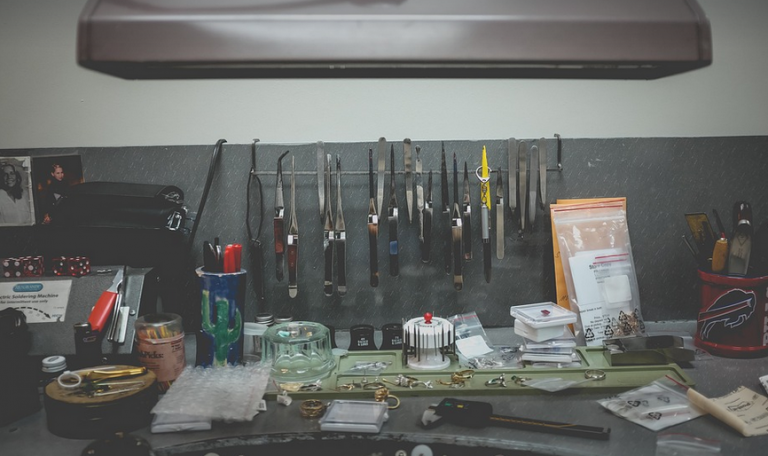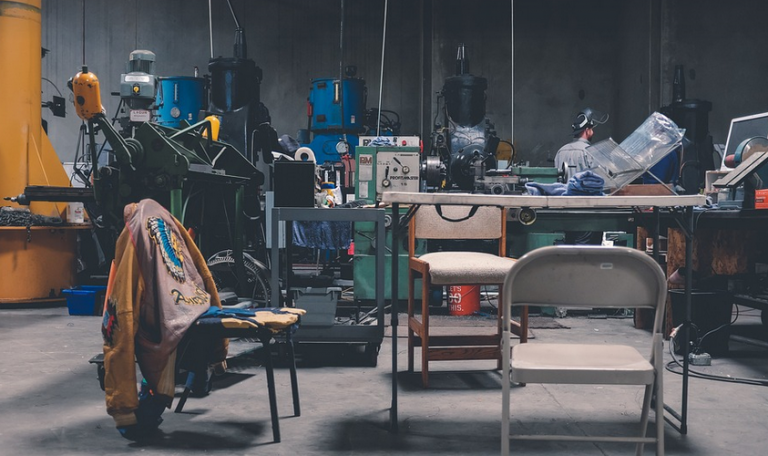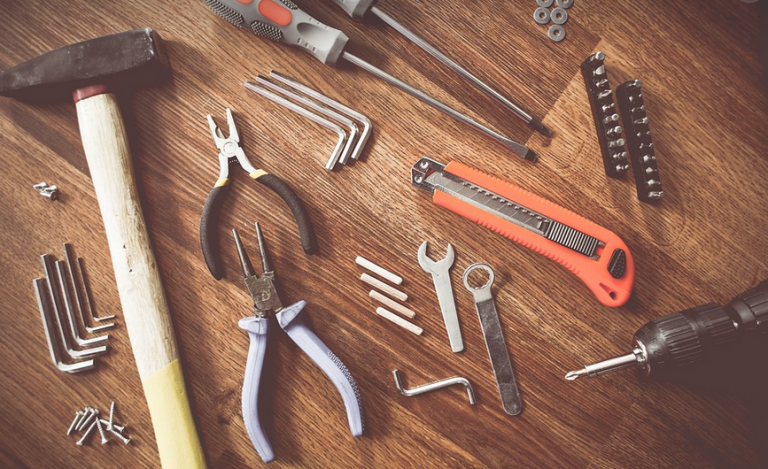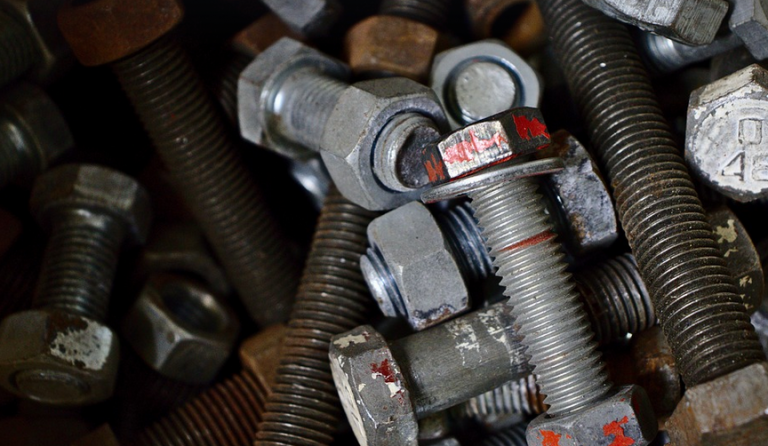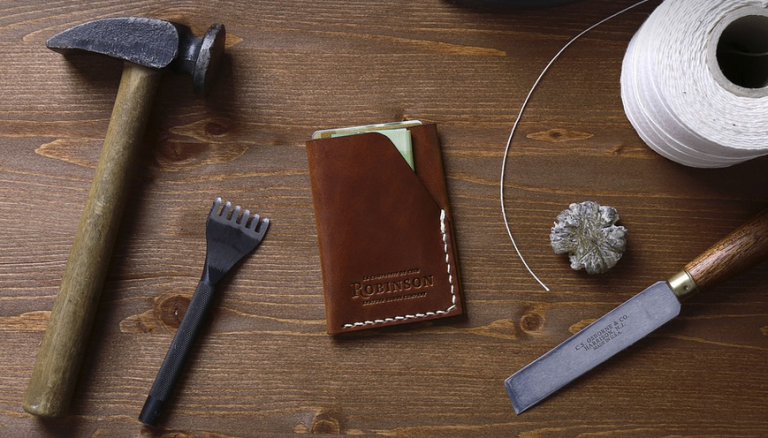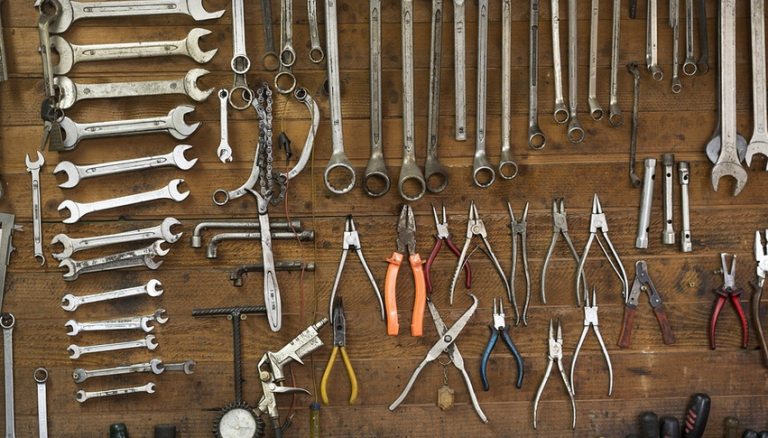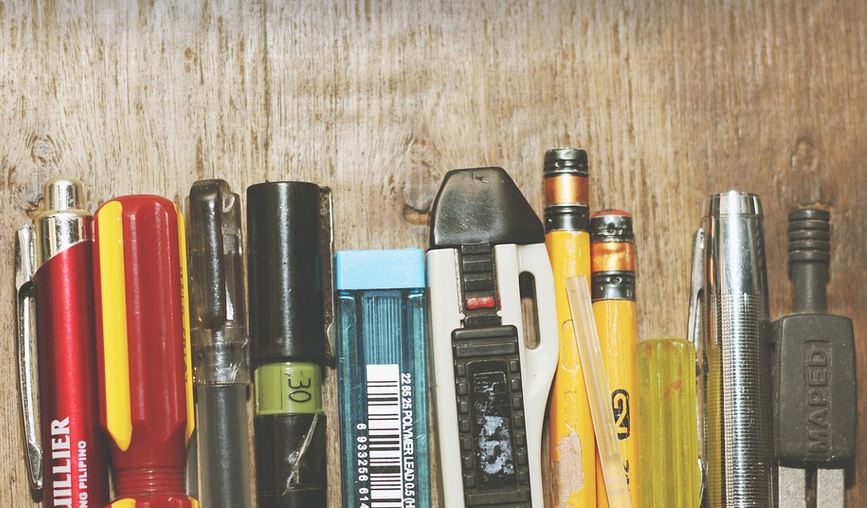
Why Caulking Matters
Imagine this: you’re stepping into your home after a long day, and the warmth of the interior welcomes you. But then, suddenly, you notice a gap where the floor meets your skirting boards. It’s a small detail, but it can make your house feel less cosy or even affect its overall aesthetics.
This is why caulking your floor-to-skirting junction is crucial! It creates a seamless transition between these surfaces, sealing air gaps and preventing drafts that can lead to energy loss. And no, it’s not just about keeping the cold out; good caulking also helps to control humidity levels, protecting your home from moisture and potential damage.
Getting Ready for Caulking
Caulking is a simple project, but there are a few things you need before you start. First, gather all your materials: caulk gun, caulk tube (specifically designed for your chosen caulk type), painter’s tape, and utility knife. If you have one, a caulking trowel can be helpful.
Next, choose the right caulk for your project. For flooring, look for a paintable caulk that offers excellent adhesion to various surfaces. For skirting boards you might need an acrylic or silicone caulk, depending on the material of your skirting board. You can find all this at your local hardware store.
Before you start caulking, it’s wise to protect your floor and any surrounding walls with painter’s tape. This helps prevent accidental mistakes and ensures a clean finish later on.
Caulking Process in Action
Now, let’s get down to the nitty-gritty. Using your caulk gun, apply a thin line of caulk along the edges where your floor meets your skirting boards, about an eighth of an inch thick. Don’t press too hard or you might create large gaps between the surfaces.
Start by applying the caulk to one wall at a time. Use smooth, even strokes moving in the desired direction. As you reach the end of each section, leave the final amount of caulk on your trowel and apply it to the next section. This will ensure a seamless, uninterrupted finish.
Don’t forget to apply caulk along the baseboards as well! If you are working with skirting boards that have gaps where they meet the floor.
Cleaning Up
After you’ve finished caulking, carefully remove any excess caulk from your floor using a damp finger or cloth and gently wipe away any excess caulk for a clean look.
As you finalize the project, take some time to ensure you are satisfied with the application. A final visual inspection can help you identify any potential imperfections that could need further attention.
Pro Tips
**Sealant is key:** There’s a reason why caulking is considered one of the most essential steps in home improvement projects! If done correctly, it will provide your floor and skirting boards with lasting protection against drafts, moisture, and other potential problems.
**Work smoothly:** Avoid applying too much caulk; thin layers are more effective. You want a smooth finish that blends seamlessly into the surfaces around them. A thick layer of caulk can crack or dry out over time.
Time to Relax
Congratulations, you’ve just completed your caulking project! All these steps have helped ensure a seamless transition between your floor and skirting boards, making your home feel more comfortable and inviting.
Enjoy the warm, cozy feeling of your newly sealed home. Remember, even the smallest details can make a big difference when it comes to creating a beautiful and functional space.
